BLOG
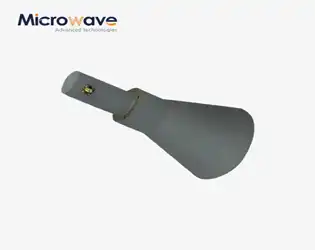
Circular Polarization Horn Antenna Suppliers & Factory
November 4, 2025
In satellite communications, radar systems, and aerospace applications, signal degradation and interference can devastate mission-critical operations. When your ground station loses satellite lock during crucial data transmission or your radar system fails to distinguish targets in complex electromagnetic environments, the consequences extend far beyond technical failures. Engineers and system integrators face mounting pressure to deliver reliable solutions that maintain signal integrity across vast distances and challenging conditions. The Ladder Membrane Conical Dual Circular Polarization Horn Antenna emerges as a proven solution to these persistent challenges, offering dual polarization capabilities that ensure consistent performance even when conventional antennas fall short. This comprehensive guide explores how leading suppliers and factories deliver these specialized components to meet the exacting demands of modern microwave applications.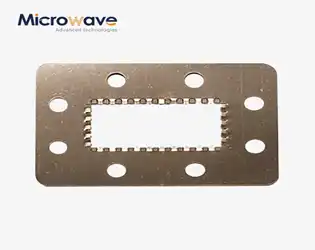
What Materials Make Ideal Waveguide Gaskets?
November 4, 2025
Signal leakage at waveguide flanges can instantly compromise your entire microwave system. One improperly selected Waveguide Anti-leak Gasket material can cause insertion loss spikes, electromagnetic interference breaches, and catastrophic system failures in satellite communications or radar applications. The right material selection directly impacts signal integrity, operational reliability, and system longevity across extreme environmental conditions. Understanding which materials deliver optimal conductivity, elasticity, and environmental resistance ensures your waveguide systems maintain peak performance where precision matters most.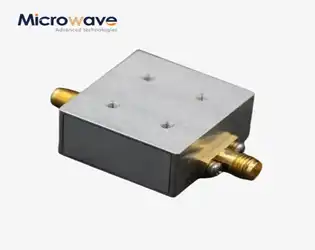
Coplanar Waveguide: Advantages and Disadvantages
November 3, 2025
In the high-frequency RF and microwave circuit design landscape, engineers face a persistent challenge: balancing signal integrity with manufacturing complexity while meeting stringent performance requirements. Traditional transmission line structures often fall short when dealing with millimeter-wave frequencies, tight space constraints, or demanding integration needs. This is where coplanar waveguide (cpw waveguide) technology emerges as a transformative solution. Understanding the advantages and disadvantages of CPW waveguides enables designers to make informed decisions for applications spanning 5G communications, satellite systems, radar technology, and beyond. This comprehensive guide explores how cpw waveguide structures deliver exceptional performance while addressing the critical tradeoffs engineers must navigate in modern high-frequency circuit design.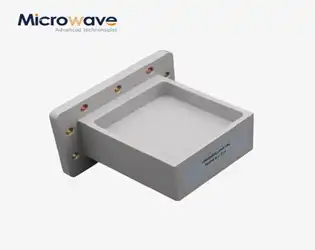
High-Performance Customized Coaxial Adapter for RF Waveguide Systems
November 3, 2025
In today's demanding RF and microwave environments, signal integrity degradation at transition points between waveguide and coaxial systems can cripple entire communication networks. Engineers constantly battle excessive insertion loss, poor VSWR performance, and unreliable connections that lead to costly system failures. High-Performance Customized Coaxial Adapters for RF Waveguide Systems provide the precision-engineered solution, featuring Custom Waveguide to Coaxial Adapter designs that eliminate signal degradation while ensuring seamless transitions across critical frequency ranges. These specialized components address the fundamental challenge of maintaining signal quality when bridging different transmission media in aerospace, defense, satellite communication, and industrial applications.
5 Common Applications Where a Double-bend Waveguide Makes All the Difference
November 3, 2025
In today's space-constrained microwave systems, engineers face a critical challenge: how do you route high-frequency signals through tight corners without compromising signal integrity? Traditional straight waveguides and gradual bends often demand too much real estate, while sharp turns introduce devastating reflections and losses. Enter the double-bend waveguide—a precision-engineered solution that delivers efficient 90-degree signal routing in compact spaces. This article explores five mission-critical applications where a double-bend waveguide doesn't just help—it makes all the difference between system success and costly failure.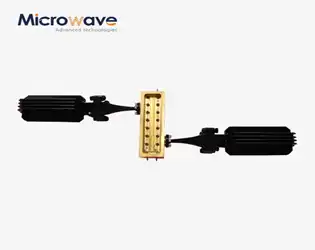
Precision Signal Control for Satellite Ground Stations: The Attenuator Solution
October 31, 2025
In today's satellite communication landscape, ground station operators face a critical challenge: maintaining optimal signal integrity while managing varying power levels across complex RF systems. When signal distortion, power imbalances, or interference threaten mission-critical communications, the solution lies in precision signal control through advanced Waveguide Coupling Fixed Attenuator technology. This comprehensive guide addresses the essential role of attenuators in satellite ground station operations, offering proven solutions for engineers and system integrators seeking reliable, high-performance signal management that ensures uninterrupted satellite communications across demanding applications.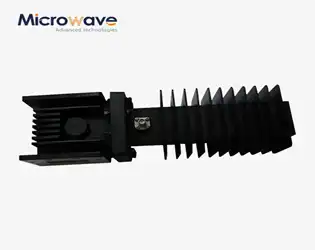
Waveguide Isolator Suppliers & Factory
October 31, 2025
When your high-power RF system experiences unexpected component failures, signal degradation, or costly downtime due to reflected power, the root cause often traces back to inadequate isolation protection. Modern satellite communications, defense radar systems, and aerospace applications demand reliable protection against destructive reflections that can compromise mission-critical operations. This comprehensive guide explores how partnering with the right waveguide isolator suppliers and factory, specifically for High Power Waveguide Isolator solutions, can safeguard your investment while ensuring optimal system performance across demanding environments from extreme temperatures to high-power transmission scenarios.
Horn Antenna Basics and Types: Sectoral, Pyramidal, and Conical
October 31, 2025
When satellite ground stations lose 2.3dB of signal strength mid-transmission or radar systems fail to track aircraft accurately in adverse weather conditions, the root cause often traces back to inadequate antenna performance. Horn antennas, particularly the Pyramidal Linear Polarization Horn Antenna, have emerged as the solution to these critical challenges in microwave communication systems. Understanding the fundamentals of horn antenna types—sectoral, pyramidal, and conical—enables engineers to select optimal configurations that prevent costly signal degradation and ensure reliable performance in demanding applications ranging from defense radar to satellite communications.




